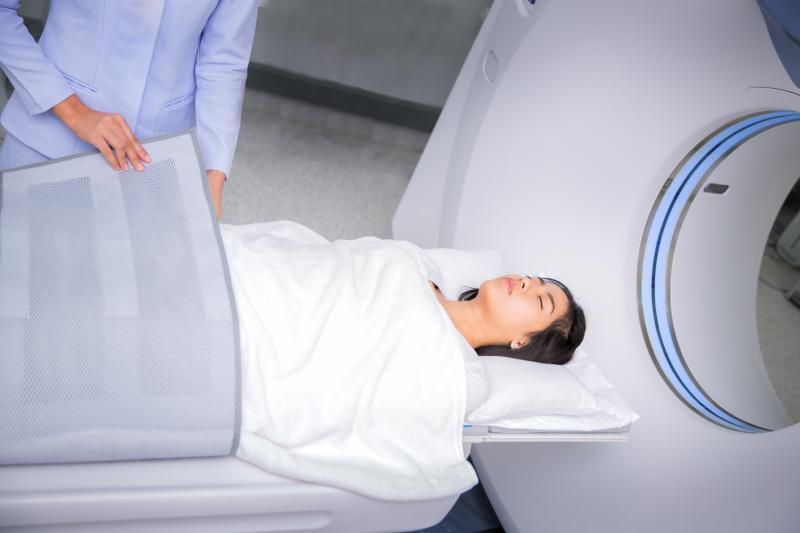 Labuan Nucleus Hospital to become specialist centre
Labuan Nucleus Hospital to become specialist centreA mixed and diverse pattern can be seen in computed tomography (CT) examination of patients with 2019 coronavirus disease (COVID-19) pneumonia, involving both lung parenchyma and the interstitium, reveals a recent study.
Initial CT scans showing ground-glass opacities (GGO) and a single lesion suggest early-phase disease (≤7 days after the onset of symptoms), while CT signs of aggravation and repair coexist in advanced-phase disease (8–14 days after the onset of symptoms).
“Lesions presented with a characteristic multifocal distribution in the middle and lower lung regions and in the posterior lung area,” the researchers noted, adding that the most common laboratory findings were decreased lymphocyte count and increased high-sensitivity C-reactive protein (hsCRP) level.
Sixty-two consecutive patients (mean age, 52.8±12.2 years; 39 men) with laboratory-confirmed COVID-19 pneumonia were included in this retrospective study, in which CT images and clinical data were reviewed. Two thoracic radiologists assessed the distribution and CT signs of the lesions and scored the extent of involvement of these signs.
Lesion distribution and CT scores were compared using the Mann-Whitney U test, while CT signs of early- and advanced-phase COVID-19 pneumonia were compared through the chi-square test.
Thirty patients underwent routine blood tests, of whom 24 (80.0 percent) had a decreased lymphocyte count. Eighteen (66.7 percent) of 27 patients who had their erythrocyte sedimentation rate and hsCRP level assessed had an elevated erythrocyte sedimentation rate, and all (100.0 percent) showed an increased hsCRP level.
Fifty-two of 62 patients (83.9 percent) showed multiple lesions on the initial CT scan, while 42 (77.4 percent) exhibited predominantly peripheral distribution of lesions. [AJR Am J Roentgenol 2020;doi:10.2214/AJR.20.22975]
The mean CT score was significantly lower for the upper zone than that for the middle and lower zones (3.0±3.4 vs 4.5±3.8 and 4.5±3.7; p=0.0022 and p=0.020, respectively). No significant difference was seen in the mean CT score of the middle and lower zones (p=1.00). In addition, the anterior area had a significantly lower mean CT score than the posterior area (4.4±4.1 vs 7.7±6.3; p=0.003).
CT findings revealed GGOs in 25 patients (40.3 percent), consolidation in 21 (33.9 percent), GGO plus a reticular pattern in 39 (62.9 percent), vacuolar sign in 34 (54.8 percent), microvascular dilation sign in 28 (45.2 percent), fibrotic streaks in 35 (56.5 percent), a subpleural line in 21 (33.9 percent), and a subpleural transparent line in 33 (53.2 percent).
For bronchial changes seen on CT scans, 45 (72.6 percent) and 11 (17.7 percent) patients had air bronchogram and bronchus distortion, respectively. Regarding pleural changes, 30 patients (48.4 percent) had pleural thickening, 35 (56.5 percent) had pleural retraction sign, and six (9.7 percent) had pleural effusion in their CT scans.
Advanced-phase COVID-19 pneumonia, compared with early-phase disease, displayed significantly increased frequencies of GGO plus a reticular pattern, vacuolar sign, fibrotic streaks, a subpleural line, a subpleural transparent line, air bronchogram, bronchus distortion, and pleural effusion. However, GGO significantly decreased in advanced-phase disease.